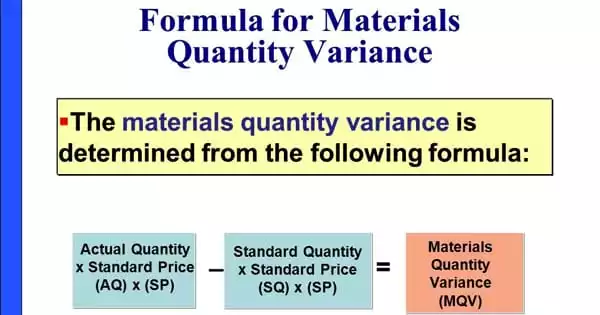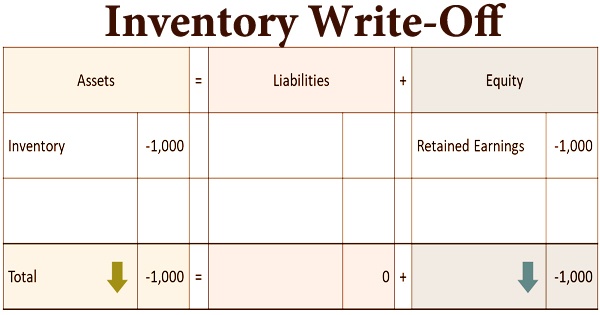Loss of Goods on Consignment
Consignment is a process under which the owner consigns/handovers his materials to his agent/salesman for the purpose of shipping, transfer, sale, etc. During the consignment, a normal and abnormal loss may occur. The goods are consigned from one place to another. After receiving the goods by the consignee, the goods are stored by the consignee before selling them to customers. It is natural that some loss to the goods may take place within that period. To overcome this limitation, manufacturers normally appoint reliable agents at every desired location to reach the customers directly. The goods may be lost, destroyed or damaged either in transit or in consignee’s store. Such loss can be divided into two parts.
(1) Normal Loss
The loss which is caused by unavoidable reasons is known as normal loss. Normal loss may occur due to the inherent characteristics of goods like evaporation, drying up of goods, etc. For examples shrinkage, evaporation, leakage and pilferage. Such losses form part of the cost of goods and no additional adjustment is required for this purpose. The normal loss is borne by goods units. It is not separately shown in the consignment account but included in the cost of goods sold and the closing stock by inflating the rate per unit. It should also be considered while valuing the closing stock. The quantity of such loss is to be deducted from the total quantity sent by the consignor. The following formula may be used for the valuation of unsold stock.
Value of closing stock= (Total value of goods sent/Net quantity received by consignee) X unsold quantity
Net quantity received = Goods consigned quantity – Normal loss quantity.
(2) Abnormal Loss
An abnormal loss may occur due to any accidental reason. The loss which could be avoided by proper planning and care is an abnormal loss. It is credited to the consignment account to calculate actual profitability. They are like theft, riots, accidents, fire, earthquake, etc. These losses could occur in transit or in consignee’s store and solely to be borne by consignor. Valuation of closing stock is done on the same basis as explained earlier i.e. proportionate cost + proportionate direct expenses.
The abnormal loss should be adjusted before ascertaining the result of the consignment. The valuation of abnormal loss is done on the same basis as the unsold stock is valued. The journal entries for abnormal loss in different cases are as under:
If goods are not insured
For recording abnormal loss:
- Abnormal loss A/C ………..Dr.
- To consignment A/C
For abnormal loss transferred:
- Profit and loss A/C……..Dr.
- To abnormal loss A/C
If goods are insured and claim admitted in full
- Bank/Consignee’s/Insurance company A/C………..Dr.
- To consignment A/C
If goods are insured and claim admitted in partial
- Profit and loss A/C………..Dr.(Net loss amount)
- Insurance Co./bank/consignee’s A/c…….Dr.(Claim admitted)
- To consignment A/c (total loss amount)
The following method should be followed while valuing abnormal loss:
A) Goods sent on consignment(at cost price)……………$ XXX
B) Add: Non-recurring expenses:
Consignor’s expenses……………………………………………$ XXX
Consignee’s expenses……………………………………………$ XXX
Total cost before abnormal loss A+B………………………..$ XXX
Value of abnormal loss = (Total cost/Total units consigned) X abnormal loss units.
















